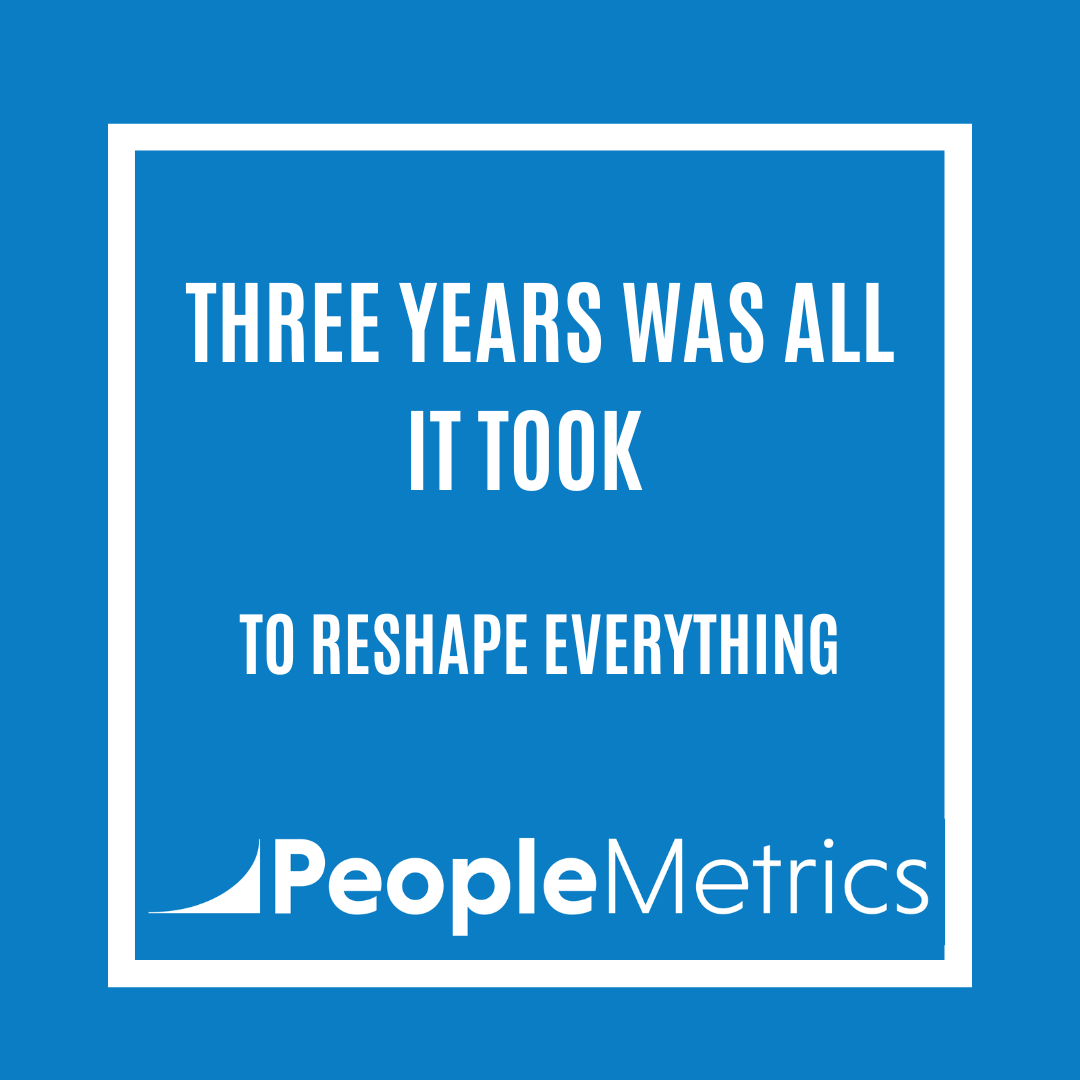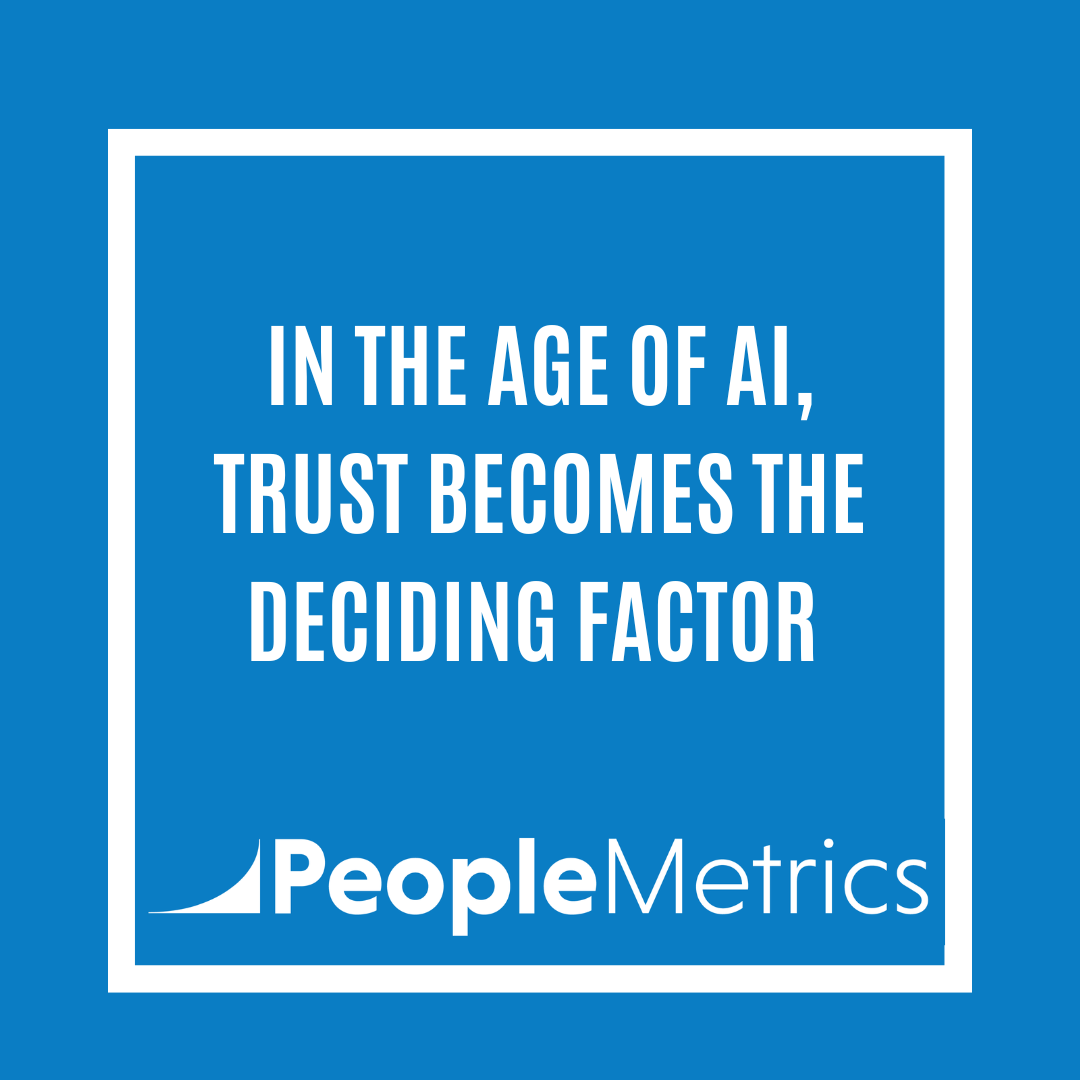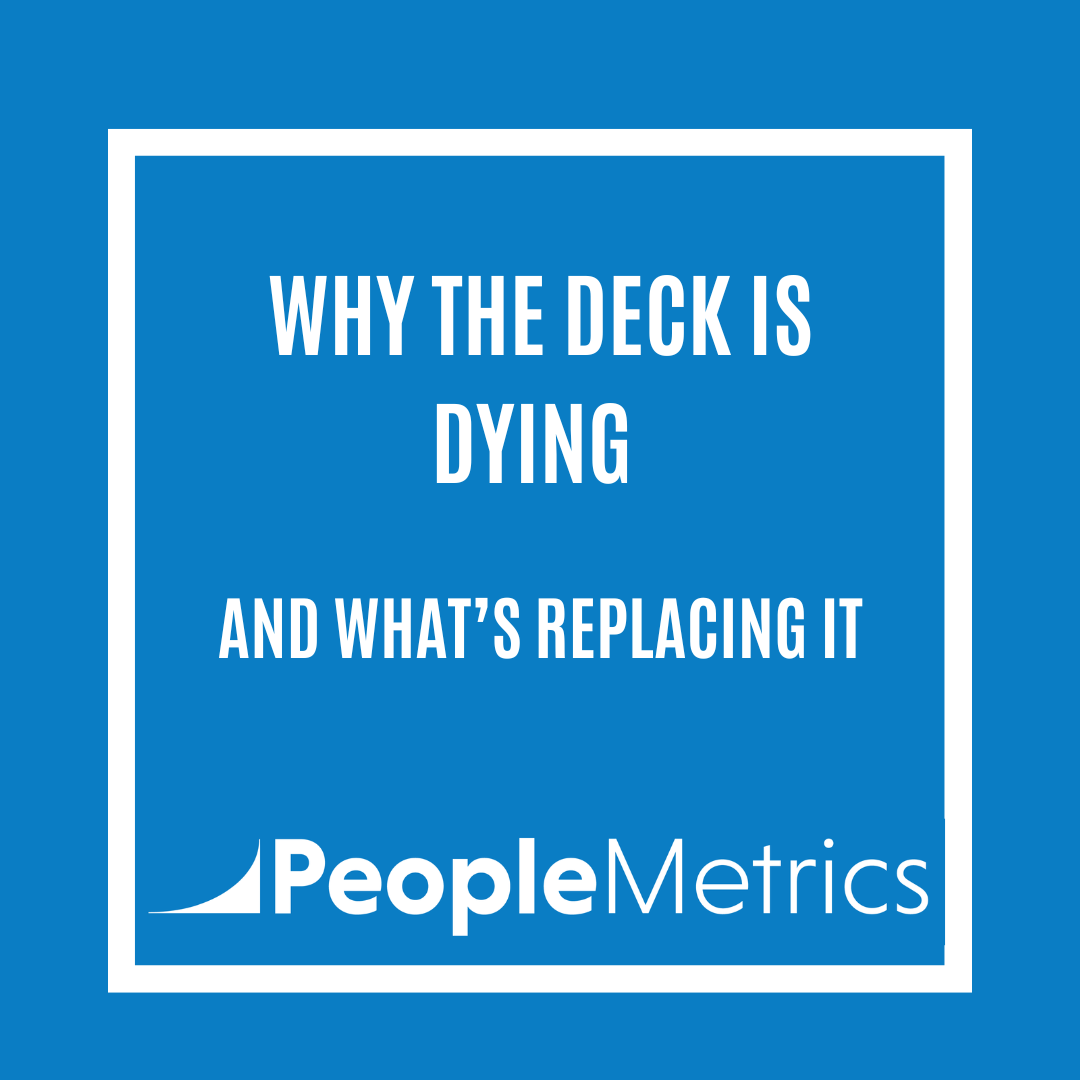Customer churn is the nemesis of growth. Particularly in the B2B world where the cost of securing and launching a new account far exceeds that of extending and expanding existing relationships. If your clients are not connected to your firm, your people, and your services, you cannot expect to grow them. Successful client relationships aren’t built on “business as usual,” they are built on an emotional connection.
When it comes to the client experience, emotional elements actually come into play earlier than they do in B2C relationships. For example, in the B2C environment customers place top importance on the offer – products, services, and/or experience that the customer desires. In the B2B space, clients aren’t quite so fickle. B2B relationships tend to be long-term and clients look for evidence that their chosen partner genuinely cares about the future success of their business.
In our research and through client satisfaction surveys, we have identified three emotional elements that are critical in creating an engaging client experience. Each of these connects emotionally and is powerful in determining whether a client account grows, shrinks, or disappears all together.
1. Consistency
In the client experience, consistency is king. People want to work with organizations that get it right every time regardless of who is representing the firm. Across project and service lines clients expect that they will receive high quality deliverables, that all promises will be met, and that the people they are working with will check-in and regularly communicate about progress.
Consistency is king to the client and perhaps the greatest challenge for the firm. Its success relies on alignment between departments, employees having the right tools and technology at their disposal, and established processes around managing client relationships. Many companies use customer journey mapping as a first step in identifying where they are failing to deliver consistently.
2. Effort
Clients need to know that the people working with them are invested in making them successful. For employers this means creating employee engagement and building a customer-centric culture that encourages employees to go above and beyond for clients. For employees this means proactively sharing advice and offering expertise. In addition, clients value a partner who makes their job easier by taking the time to understand the client’s unique work culture and communication style.
While employees are the ones who give the extra effort that clients value it doesn’t start with them. Extra effort is nurtured by a culture that is aligned around the customer. Every organization has a few stars who win the hearts of their customers, but customer experience leaders actively seek out ways to recognize, reward, and replicate employees delivering above and beyond experiences.
3. Trust
When a company puts the clients’ interests ahead of their own, trust follows. Disciplined follow-up after meetings, fair and transparent billing practices, and credible people are all important ways that organizations build trust with their clients. Beyond daily practices, clients will be carefully watching how your people handle any problems or issues that arise. While a problem or issue can break a relationship, excellent resolution will create the trust needed to strengthen the emotional connection.
All of these emotional elements come to life for the client through your employees. They do not, however, start with your employees. They start with a customer experience strategy designed to deliver an experience that goes far beyond meeting the functional requirements of the relationship.
~Janessa Lantz





